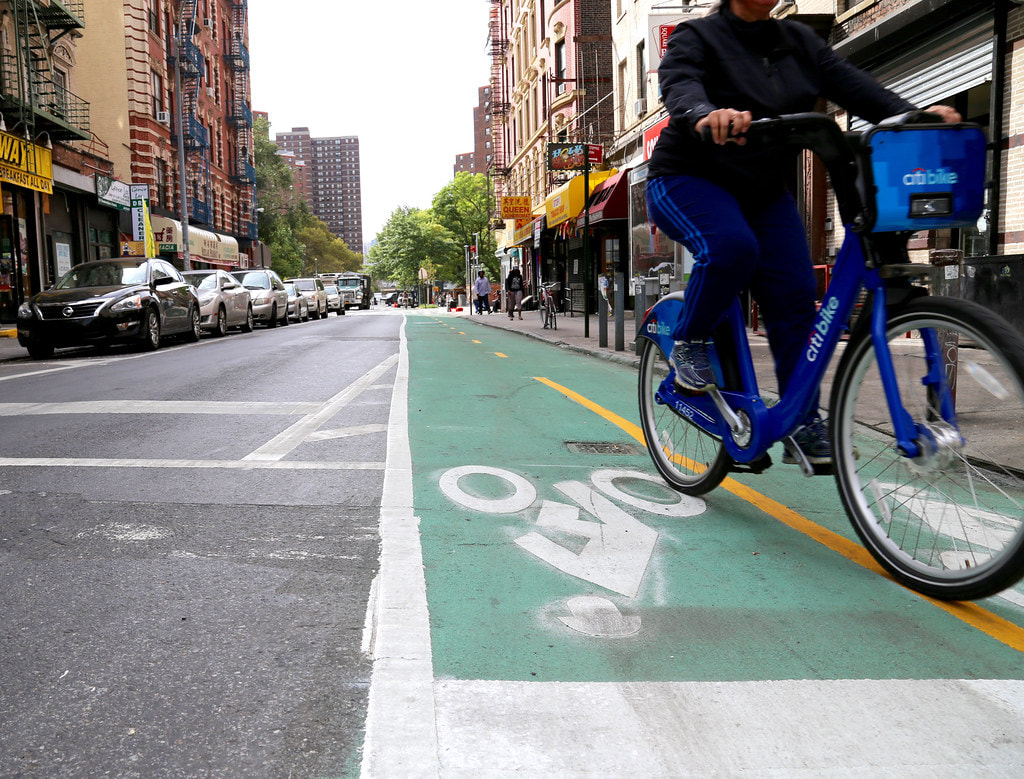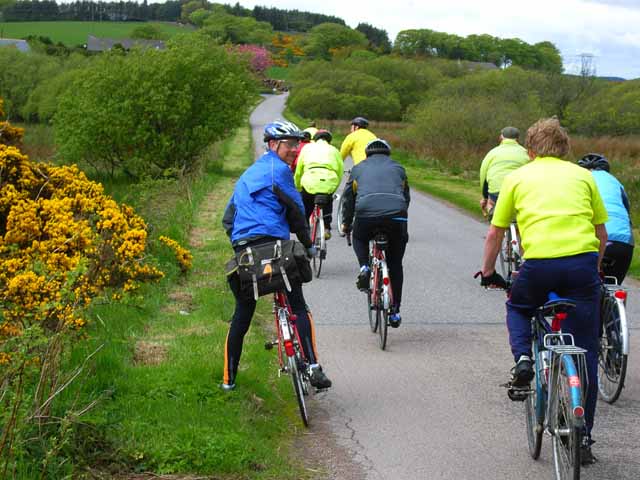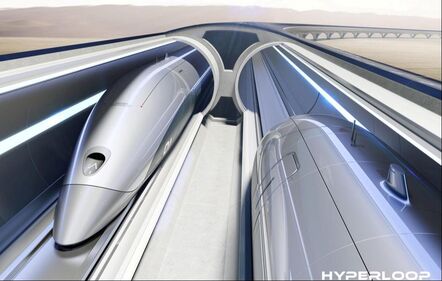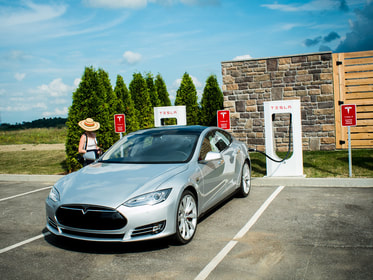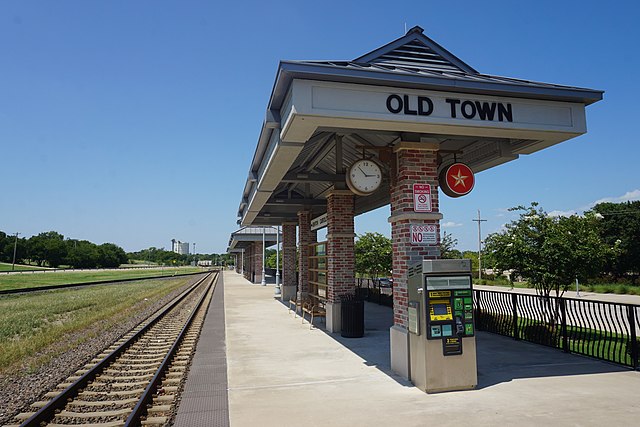I am absorbed in the magic of movement and light. Movement never lies. It is the magic of what I call the outer space of the imagination
-Martha Graham
For the Fall 2020 semester, students will investigate architecture’s relationship with human mobility in our contemporary world. Upper level studios will undertake one, semester-long project exploring this central theme. Our work is a single part of a much bigger project happening with other school districts across the Metroplex. During this time of the COVID pandemic, we will also explore how our methods must change while continuing to work in a collaborative and team-focused environment.
Architecture students will work alongside TECC|E Graphic Design students throughout these projects. Outside design professionals, experts, and stakeholders will be invited to collaborate with us in a digital environment, adding real world relevance to the projects. These projects will allow students to observe, connect, and crystallize the movements of the world around them using the principles of architecture and design.
Architecture students will work alongside TECC|E Graphic Design students throughout these projects. Outside design professionals, experts, and stakeholders will be invited to collaborate with us in a digital environment, adding real world relevance to the projects. These projects will allow students to observe, connect, and crystallize the movements of the world around them using the principles of architecture and design.
Proposed Projects
Urban Bike Network (2nd Year Studio)
Investigating the various communities that make up Lewisville ISD, students will examine and map current urban development, infrastructure, and patterns of human movement. Using this information, they will explore design strategies for a comprehensive cycling trail network that links all of the various communities comprising the school district. Working collaboratively, they will develop a full trail map indicating cycling/pedestrian paths, important nodes, physical barriers, and community connections.
With a completed network map, students will then identify opportunities to design community resources and new infrastructure along the cycling network. These projects of various scale, function, and intricacy will comprise the work for the second half of the semester, allowing students to work from the macro to the micro and investigate architecture and a design in a comprehensive way.
With a completed network map, students will then identify opportunities to design community resources and new infrastructure along the cycling network. These projects of various scale, function, and intricacy will comprise the work for the second half of the semester, allowing students to work from the macro to the micro and investigate architecture and a design in a comprehensive way.
The Future of Mobility (3rd Year Studio)
Exploring architectural innovations in the future of mobility, students will explore ideas related to the following projects:
With a completed system map, students will then identify one node within the network from which to develop an architectural solution for a station or stop. Embracing the unique qualities of these new mobility systems, architectural solutions can begin from existing precedents but must eventually branch out into new territories of design and architectural form/space.
- A Texas Hyperloop Network
- A Regional Metropolitan UberAir Network
- A Texas Electric Vehicle Roadtrip Network
With a completed system map, students will then identify one node within the network from which to develop an architectural solution for a station or stop. Embracing the unique qualities of these new mobility systems, architectural solutions can begin from existing precedents but must eventually branch out into new territories of design and architectural form/space.
The MicroTownhouse (1st Year Studio)
Utilizing a local urban site with access to multiple modes of transit, students will explore the development of a small townhouse community in a walkable urban neighborhood. With direct access to light rail, a bike network, and Lewisville's Main Street district, it becomes possible to explore the connections between residential architecture and mobility within an urban context. Building type, site, and a list of unique clients all provide opportunities to develop a creative response to the fast-paced, highly mobile American life.
